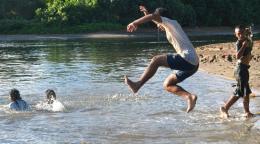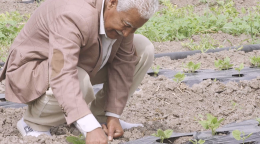Managing water resources near Mount Kilimanjaro
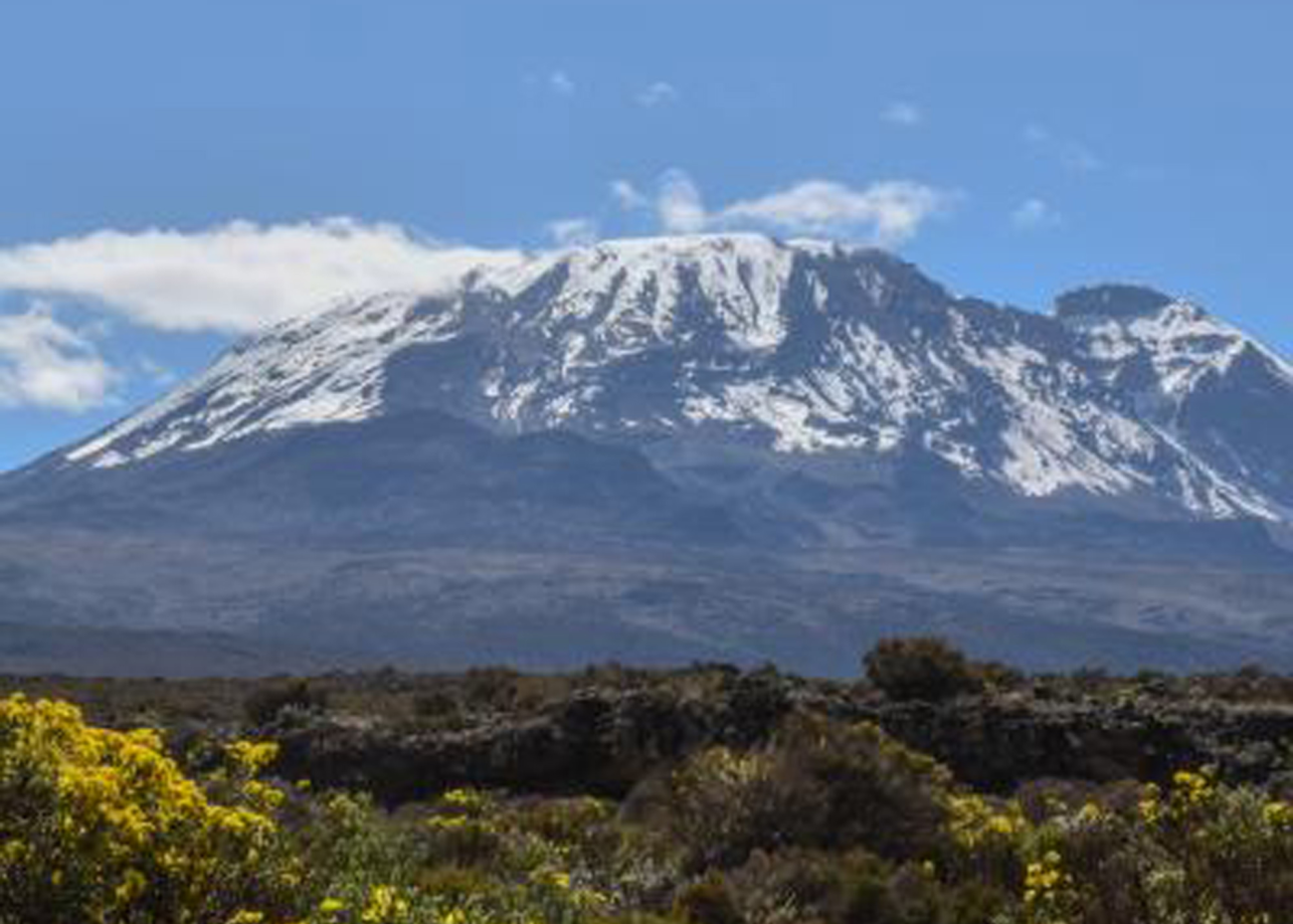
As a member of the Karanga River community, Florida Paul Mwanga advocates for the protection of Mount Kilimanjaro’s water sources, on which two million people depend. To support these efforts, UNESCO and the FAO are strengthening regional water management through an $8 million project to be financed by the Global Environment Facility, building on the theme of the 2025 UN World Water Development Report – ‘Mountains and Glaciers’.
We must protect our forests and water sources. By preserving the environment, we get in return water from Mount Kilimanjaro.
Florida Paul Mwanga
Florida Paul Mwanga, a farmer and small business owner from Sambarai village in Kindi ward, knows this firsthand. Living in Tanzania, she is dependent on the Karanga River – which is fed by the snows of Kilimanjaro – for her livelihood.
Not all community members are as clearsighted. Some continue to cultivate along protected water zones. Others take livestock to water sources, causing serious damage. Preservation efforts are met with resistance, either because water users lack awareness or choose to ignore their environmental impacts.
Despite this, Florida and her associates continue to inform local people on the importance of conserving water and protecting water sources. Tree planting is one of the strategies used to safeguard these vital resources. “We are planting more than 34,000 trees,” Florida explains.
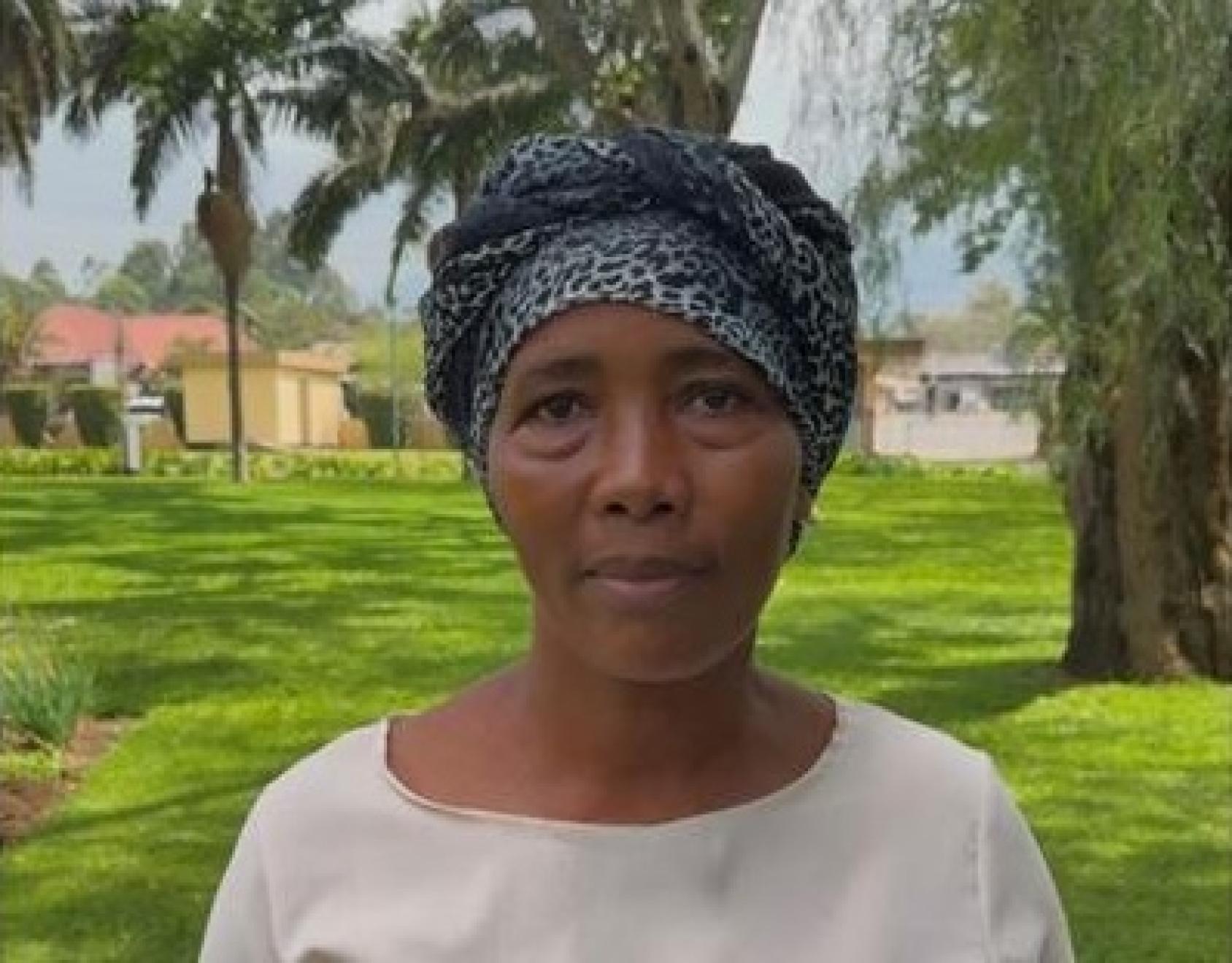
Supporting grassroot movements and boosting transboundary collaboration
In addition to local and grassroot initiatives like Florida’s, a major international effort is underway to protect water resources in the Kilimanjaro region. Led by UNESCO and the FAO, this USD $8 million project financed by the Global Environment Facility aims to provide direct access to drinking water for 100,000 people and improve groundwater storage for 615,000 individuals currently vulnerable to water shortages.
To achieve these goals, the initiative will boost collaboration between researchers in Kenya and Tanzania, strengthening regional water management and sustainable conservation practices. It will also support the restoration of 400 km2 of cloud forests, which play an essential role in retaining water and replenishing groundwater reserves.
Florida was among the participants who took part in an inception workshop in Arusha for this initiative, which will ultimately benefit more than two million people in Tanzania and Kenya who depend on the waters of Africa’s highest peak.
Preserving water for future generations
Better managing these water resources is crucial at a time when Mount Kilimanjaro’s glaciers are receding – like many other alpine glaciers around the world. For this reason, the UNESCO-FAO initiative is part of the International Year of Glacier Preservation, led by UNESCO and the WMO in 2025.
Building on this theme, the United Nations World Water Development Report 2025, entitled ‘Mountains and Glaciers – Water Towers’, highlights policies and actions that support the sustainable management of mountain waters.
These international efforts remain dependent on the conviction and commitment of local communities, who are essential relays for sharing knowledge and driving action. “My goal is to further develop what we have learned on water conservation and educate young people,” Florida states firmly. “Kilimanjaro is beneficial to all of us.”
Integrating policies and frameworks
We have quite a number of challenges, but mainly in data. We don't have enough data on groundwater resources, and it has been an issue that we are trying to address.
Dr. Augustina Alexander
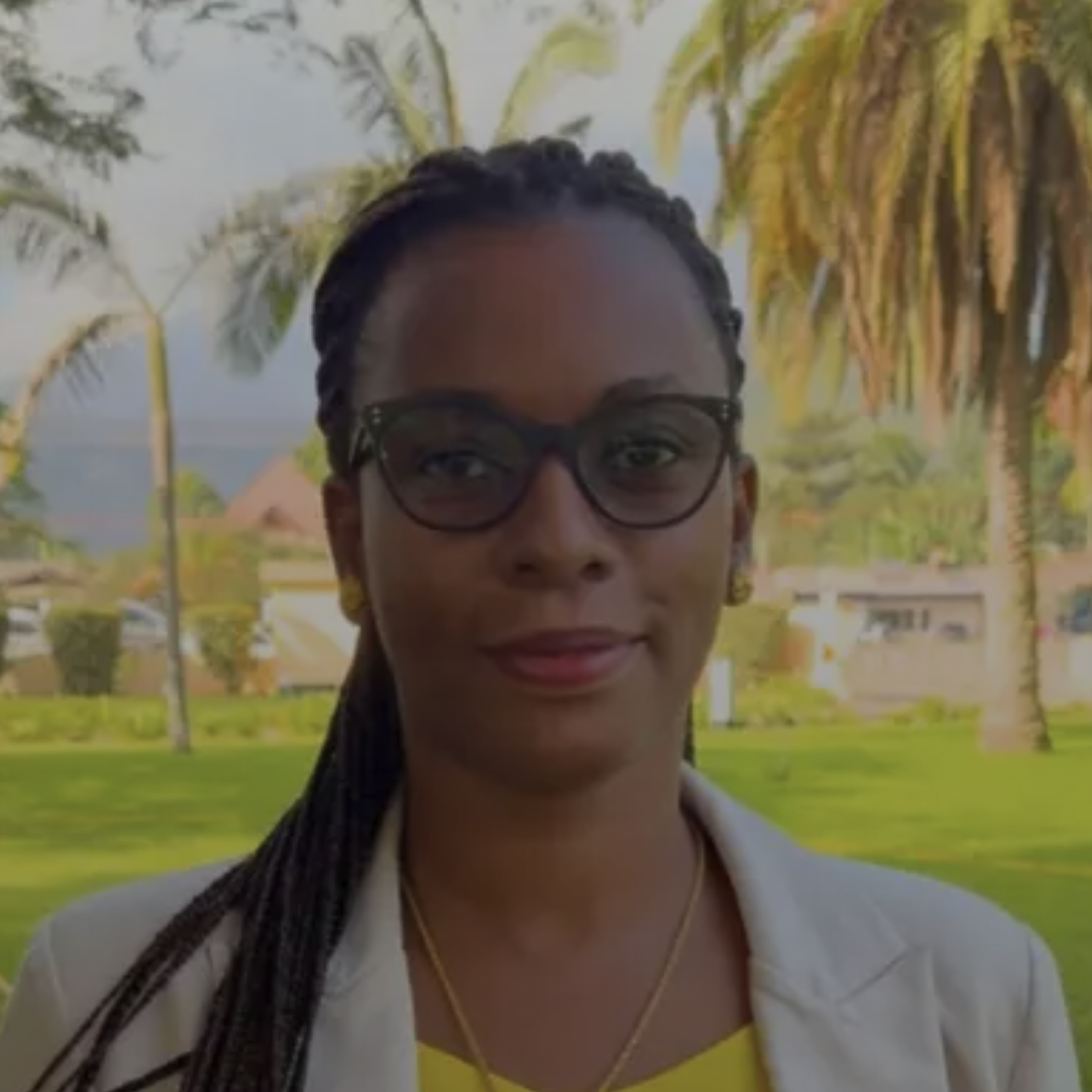
Promoting better health and hygiene
If well managed and well utilized, the Kilimanjaro aquifer will be importat for irrigation to enhance food security and also for the day-to-day water needs. When we work together to utilize the potential of our shared resources, it will be very beneficial for the local communities for agriculture, for water supply and many other uses.
Dr. Gladys Wekesa

Managing transboundary water resources
Water doesn't recognize our political boundaries. The only way to manage it sustainably is to collaborate.
Mr. Segule Segule

Kilimanjaro National Park has been a UNESCO World Heritage Site since 1987. At 5,895 m, Mount Kilimanjaro is the highest point in Africa.
This article was first published here. For more information about the UN's work in Tanzania, visit tanzania.un.org
